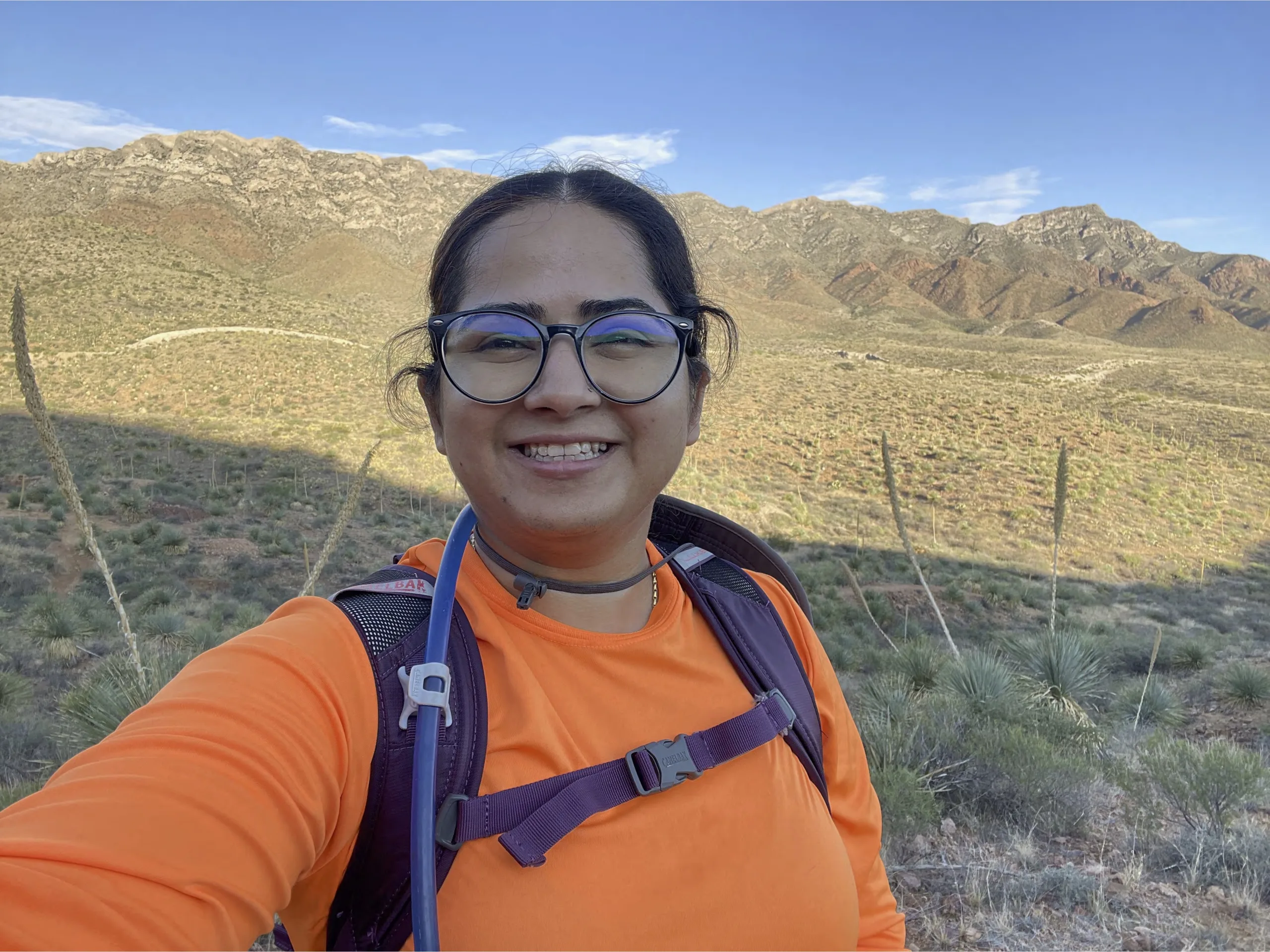
2023 Ann Miller Gonzalez Research Grant Recipients
The Native Plant Society of Texas offers the following research grant to graduate students at Texas universities who are performing academic research related to Texas native plants and/or to the
Home » Grants & Scholarships

The Native Plant Society of Texas offers the following research grant to graduate students at Texas universities who are performing academic research related to Texas native plants and/or to the
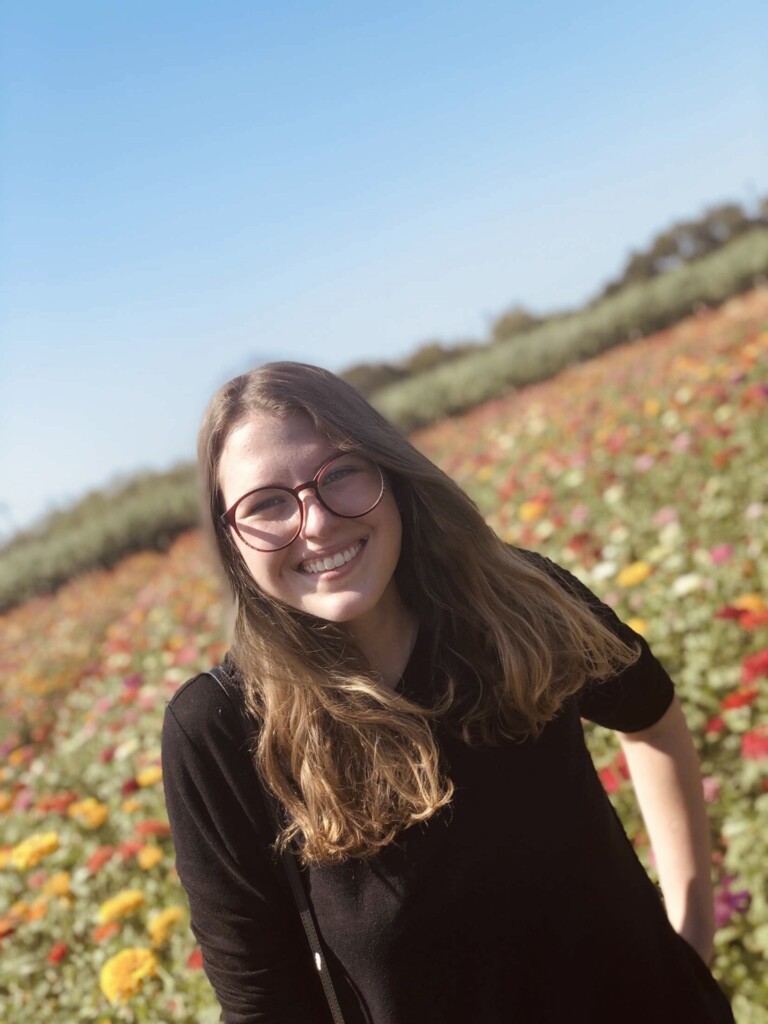
ACCEPTING APPLICATIONS February 1 – March 16, 2024 The Native Plant Society of Texas is offering two undergraduate student awards: the Dr. Alfred Richardson Undergraduate Scholarship and the Kate Hillhouse
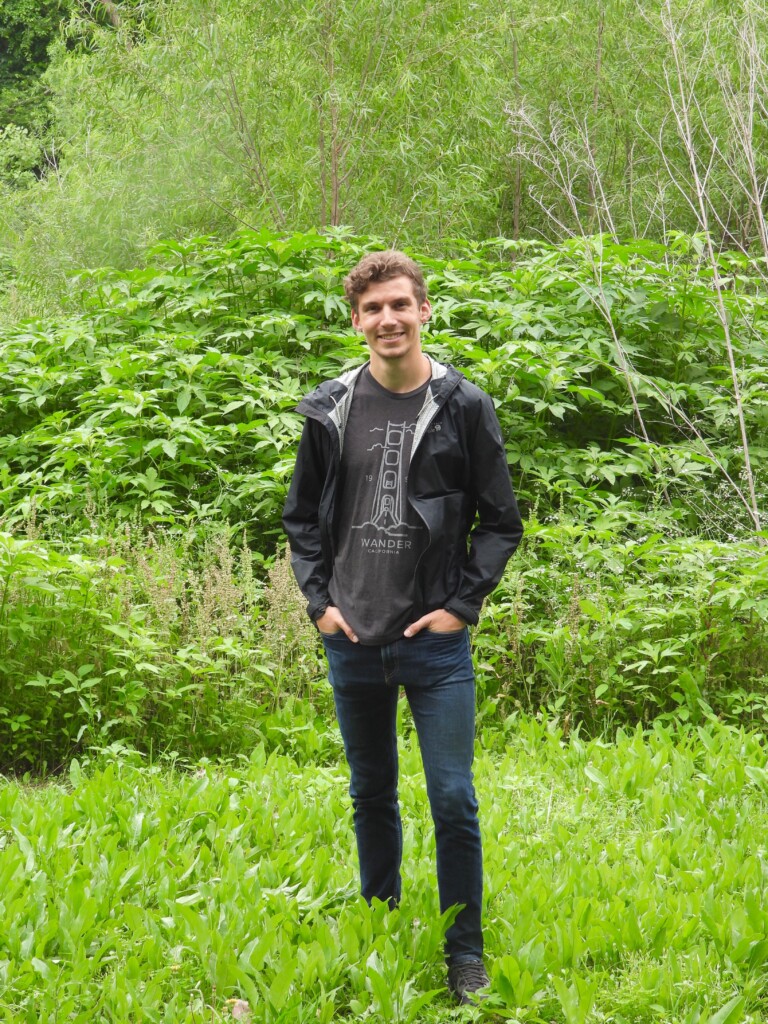
The Native Plant Society of Texas offers two scholarships for undergraduates at Texas colleges who major in biology, ecology, botany, landscape architecture, horticulture or related fields and who will be
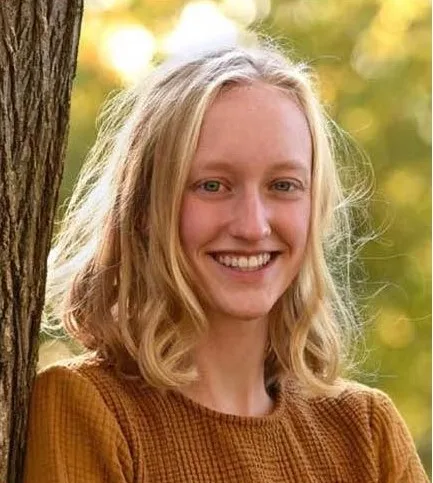
The Native Plant Society of Texas State Board Education Committee is excited to announce our 2023 Undergraduate Scholarship Recipients.
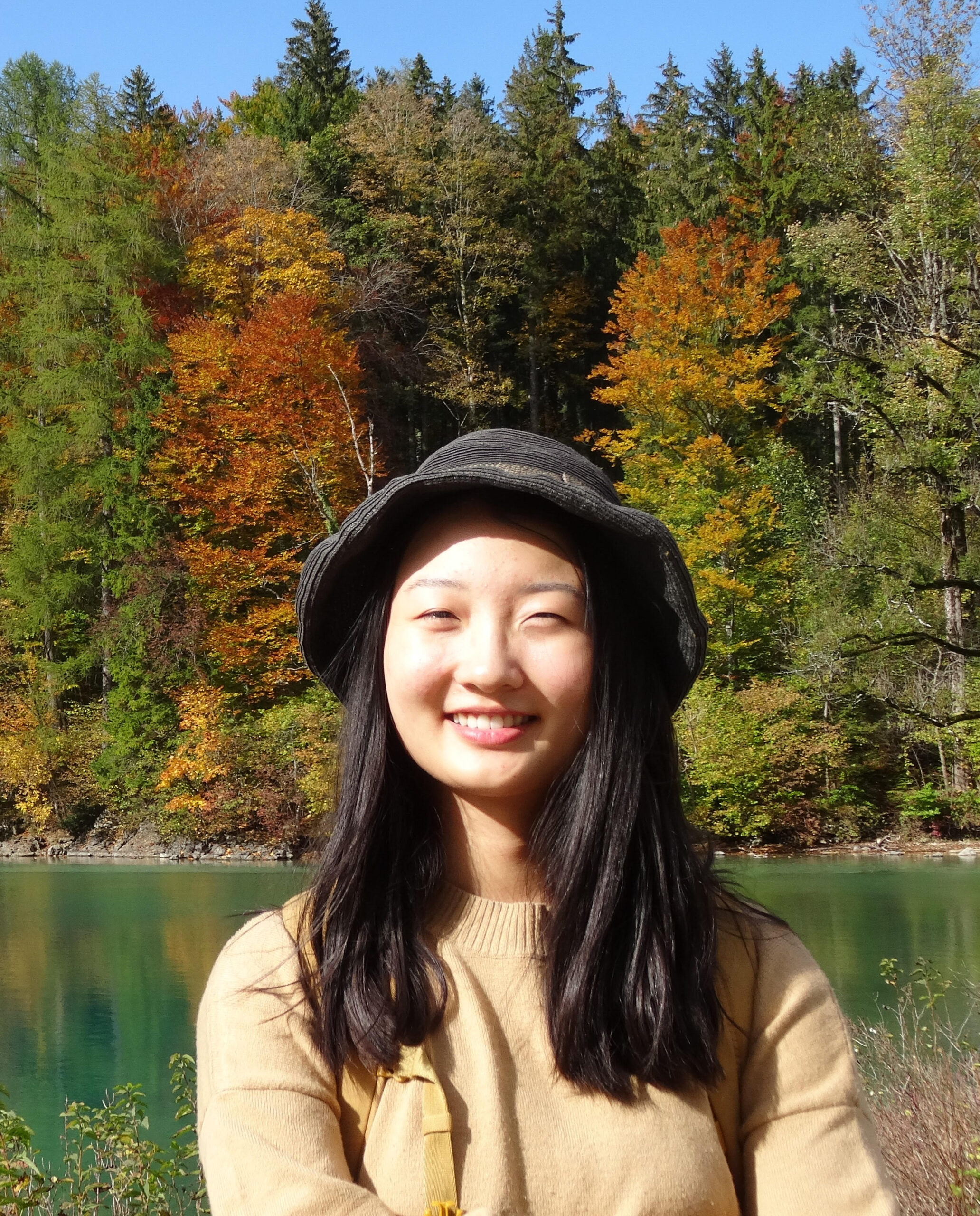
Xinyi Yan Xinyi Yan studies Ecology, Evolution, and Behavior at University of Texas at Austin, co-advised by Drs. Caroline Farrior and Amy Wolf. Her research focuses on interactions between plants
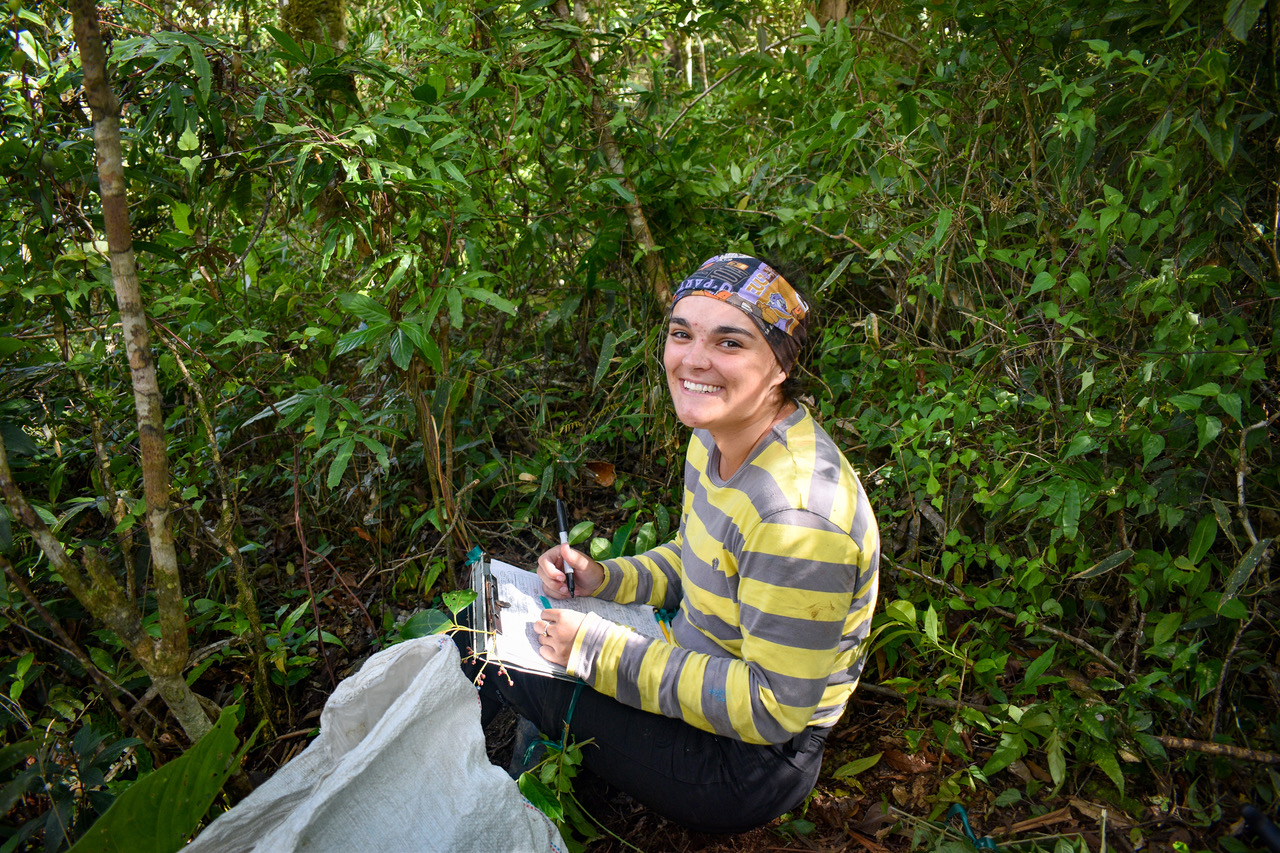
The Native Plant Society of Texas offers grants to Texas university graduate students to support research projects related to Texas native plants or the conservation and restoration of Texas native
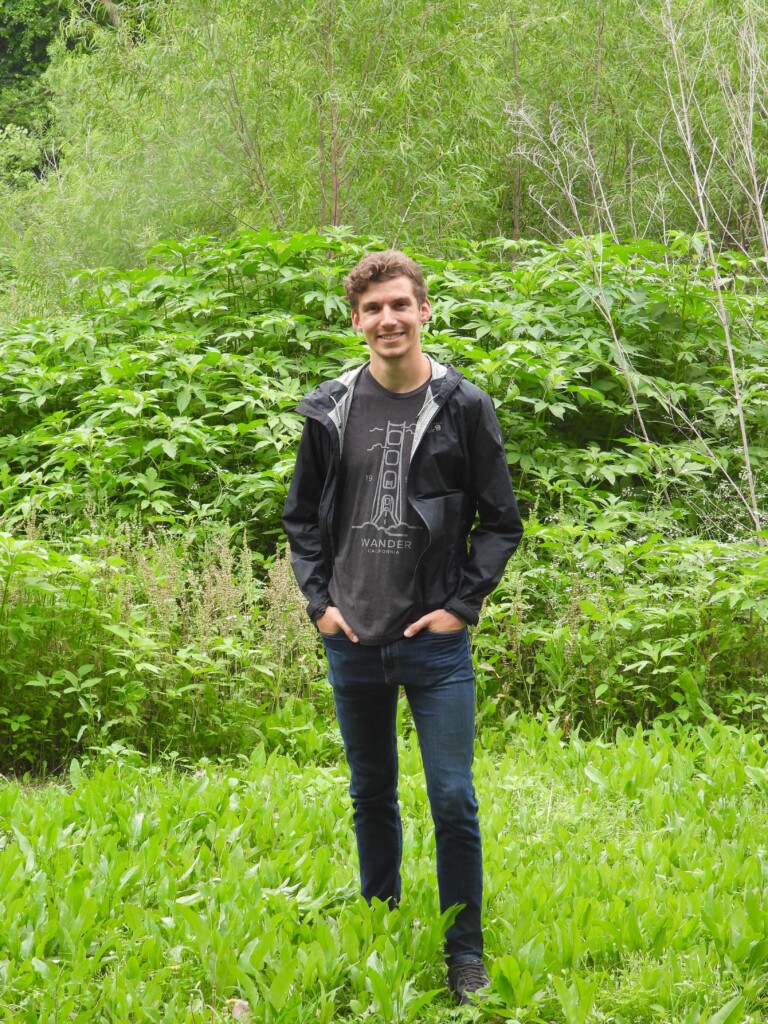
$2,500 Dr. Alfred Richardson Scholarship Brand Richter studies at the University of North Texas in Denton, where he majors in Geography with a concentration in Environmental Studies. He has worked
State Office Address:
Native Plant Society of Texas
PO Box 3017
Fredericksburg, TX 78624
Become an important part of a statewide community with over 5,000 members, who are united in our mission to promote Texas native plants!
Native Plant Society of Texas is a 501(3)(c) nonprofit organization This website and all content Copyright © Native Plant Society of Texas. All rights reserved. Content may not be reprinted in whole or in part without written permission. Contact the Webmaster.